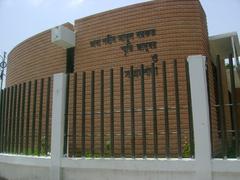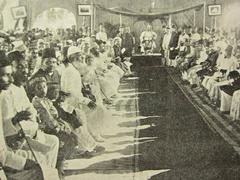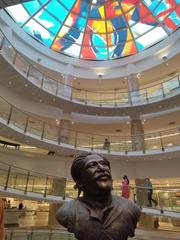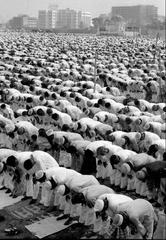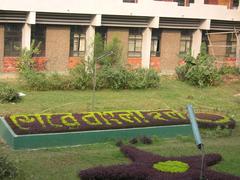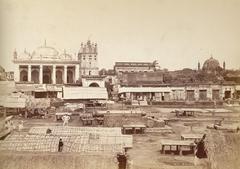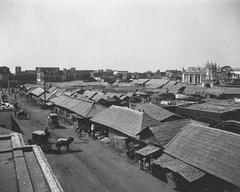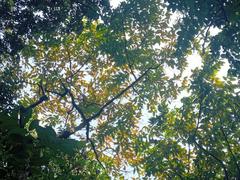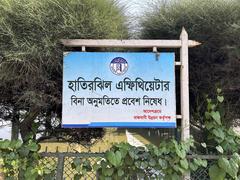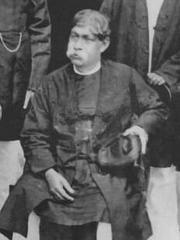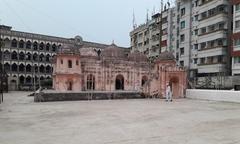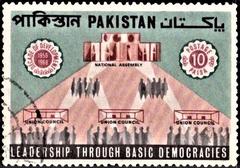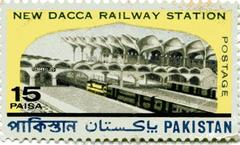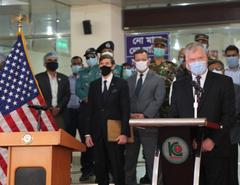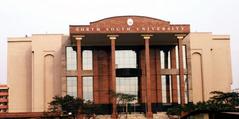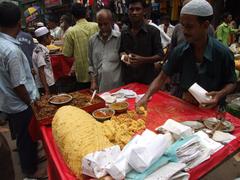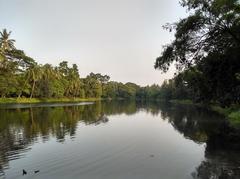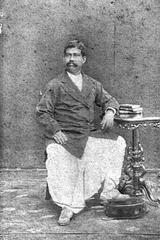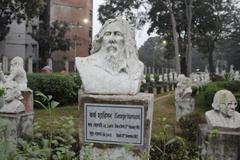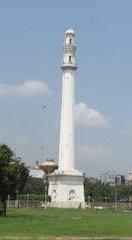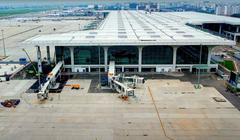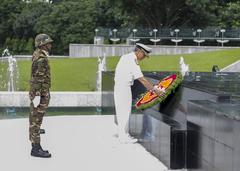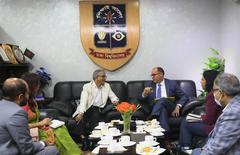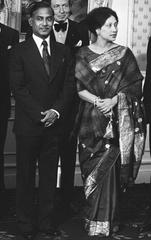Comprehensive Guide to Visiting Dhanmondi Shahi Eidgah, Dhaka, Bangladesh
Date: 19/07/2024
Introduction
The Dhanmondi Shahi Eidgah in Dhaka, Bangladesh, is a historical and cultural landmark that continues to captivate visitors with its architectural grandeur and rich heritage. Constructed in 1640 under the patronage of Subahdar Shah Shuja, the second son of Mughal Emperor Shah Jahan, this open-air prayer ground is a testament to the architectural prowess and religious significance of the Mughal era. Initially built for Eid prayers, the Eidgah has evolved to become a vital part of Dhaka’s cultural fabric, hosting religious ceremonies, social gatherings, and cultural events. This guide aims to provide comprehensive information about the Dhanmondi Shahi Eidgah, covering its history, architectural features, visitor information, and travel tips to ensure a memorable and enriching experience. Whether you are a history enthusiast, cultural explorer, or casual visitor, the Dhanmondi Shahi Eidgah offers a unique glimpse into the legacy of the Mughal period in Bangladesh. For more detailed insights, you can visit the Bangladesh Department of Archaeology website.
Table of Contents
- Introduction
- History of Dhanmondi Shahi Eidgah
- Architectural Features
- Visitor Information
- Travel Tips
- Visitor Experience
- Conclusion
- FAQ
- References
History of Dhanmondi Shahi Eidgah
Origins and Construction
The Dhanmondi Shahi Eidgah, commissioned by Subahdar Shah Shuja, the second son of the Mughal Emperor Shah Jahan, was constructed in 1640. It was built as a place for Eid prayers, significant Islamic rituals performed during Eid al-Fitr and Eid al-Adha. The structure showcases the grandiose design and intricate details characteristic of the Mughal period.
Historical Significance
The Dhanmondi Shahi Eidgah is a symbol of Mughal influence in Bengal, with Dhaka serving as the capital of Bengal Subah during the Mughal era. The Eidgah has witnessed numerous historical events, serving as a site for political gatherings, social events, and cultural activities. It has survived various periods of political turmoil and natural disasters, standing as a resilient symbol of Dhaka’s rich history.
Cultural Impact
The Dhanmondi Shahi Eidgah is integral to Dhaka’s cultural fabric. It remains a vital religious and social hub, especially during Eid celebrations. The site also serves as an educational resource, attracting historians, architects, and tourists interested in Mughal heritage.
Preservation and Restoration Efforts
Recent efforts by the Department of Archaeology in Bangladesh aim to preserve and restore the Eidgah. Initiatives include cleaning and repairing stonework, restoring mihrabs, and improving the surrounding landscape. These efforts balance the need for preservation with the site’s continued use as a place of worship, presenting unique challenges.
Architectural Features
Main Prayer Platform
The Eidgah is an open-air prayer ground featuring a large platform (148 feet by 137 feet) elevated about 4 feet from the ground. A low wall with a series of mihrabs (prayer niches) on the western side indicates the direction of Mecca. The central mihrab is the most ornate, emphasizing the Imam’s position. Using red sandstone and marble, the architecture is reminiscent of other Mughal structures like the Taj Mahal and the Red Fort.
Mihrab and Minbar
The western end of the platform is home to the mihrab, a niche indicating the direction of Mecca, centrally positioned and adorned with floral and geometric patterns typical of Mughal architecture. Adjacent to the mihrab, the minbar, a pulpit from which the Imam delivers sermons, is crafted from stone with detailed carvings, showcasing the artisanship of the period.
Arches and Domes
The Dhanmondi Shahi Eidgah features a series of arches along its perimeter, each adorned with intricate stucco work. These arches add to the aesthetic appeal and provide structural support. The central arch, larger and more ornate, serves as the main entrance to the prayer platform. Above the mihrab, a semi-dome enhances the acoustics within the prayer area.
Ornamental Details
The ornamental details of the Eidgah are a highlight of its architecture. The stucco work on the arches and mihrab includes floral motifs, arabesques, and calligraphy, reflecting the artistic trends of the Mughal era. The use of red sandstone and white marble in the construction adds to the visual contrast and elegance of the structure.
Visitor Information
Visiting Hours and Tickets
The Dhanmondi Shahi Eidgah is open to visitors from 9:00 AM to 5:00 PM daily. There is no entrance fee, making it accessible to all who wish to explore its historical and architectural beauty.
Dress Code and Etiquette
Visitors should dress modestly, covering their shoulders and knees, as a sign of respect for the religious nature of the site. Women may consider wearing a headscarf. It is also important to remove shoes before entering the prayer area. Maintaining a respectful demeanor and avoiding loud conversations will ensure a pleasant visit for everyone.
Accessibility
The Dhanmondi Shahi Eidgah is located in the Dhanmondi area of Dhaka, which is well-connected by public transportation. Visitors can take a rickshaw, taxi, or ride-sharing service to reach the site. The Eidgah is accessible to people with disabilities, with ramps and pathways that accommodate wheelchairs.
Travel Tips
Best Time to Visit
The best time to visit is during the early morning or late afternoon when the weather is cooler, and the lighting is ideal for photography. Visiting during the Eid festivals can provide a unique cultural experience, as the Eidgah comes alive with vibrant celebrations and large congregations.
Nearby Attractions
Visitors to the Dhanmondi Shahi Eidgah can also explore nearby attractions to enrich their experience. The Dhanmondi Lake, a popular recreational spot, is just a short distance away and offers boating and walking paths. The Bangladesh National Museum, located a few kilometers from the Eidgah, provides insights into the country’s rich history and culture. Other notable sites include Lalbagh Fort and Ahsan Manzil.
Safety Tips
While Dhaka is generally safe for tourists, it is advisable to take standard precautions. Keeping personal belongings secure, avoiding isolated areas after dark, and staying aware of the surroundings will ensure a safe visit. It is also recommended to carry a copy of identification and emergency contact information.
Visitor Experience
Photography Tips
The Dhanmondi Shahi Eidgah offers numerous opportunities for photography enthusiasts. The intricate designs of the mihrabs and the overall architectural layout make for stunning photographs. Early morning and late afternoon light can enhance the beauty of the site, casting soft shadows and highlighting the details of the structure. Visitors should be mindful of not disturbing worshippers while taking photographs.
Local Cuisine
Exploring the local cuisine is an essential part of the visit. The Dhanmondi area is known for its diverse food options, ranging from traditional Bangladeshi dishes to international cuisine. Visitors can enjoy local delicacies such as biryani, kebabs, and sweets from nearby eateries. Street food vendors also offer a variety of snacks that provide a taste of Dhaka’s vibrant food culture.
Guided Tours
For those interested in a more in-depth understanding of the Dhanmondi Shahi Eidgah, guided tours are available. Local guides can provide historical context, architectural insights, and cultural anecdotes that enrich the visitor experience. These tours often include visits to other historical sites in Dhaka, offering a comprehensive exploration of the city’s heritage.
Souvenirs and Shopping
Visitors looking to take home a piece of Dhaka can explore local markets and shops near the Dhanmondi Shahi Eidgah. Traditional handicrafts, textiles, and jewelry make for unique souvenirs. The Dhanmondi area is also known for its boutique stores and art galleries, where visitors can purchase locally made products and artworks.
FAQ
What are the visiting hours for Dhanmondi Shahi Eidgah?
The Dhanmondi Shahi Eidgah is open daily from 9:00 AM to 5:00 PM.
Is there an entrance fee for Dhanmondi Shahi Eidgah?
No, there is no entrance fee for visiting the Dhanmondi Shahi Eidgah.
Are guided tours available?
Yes, guided tours are available and can provide valuable insights into the historical and cultural significance of the Eidgah.
Conclusion
The Dhanmondi Shahi Eidgah stands as a resilient symbol of Dhaka’s rich historical and cultural heritage. Its architectural grandeur, historical significance, and continued relevance as a religious and social hub make it a must-visit destination for anyone exploring Dhaka. From its intricate Mughal-era designs to its role in community life during Eid celebrations, the Eidgah offers a multifaceted experience that appeals to a wide range of visitors. Preservation efforts by the Department of Archaeology in Bangladesh ensure that this architectural marvel remains intact for future generations to appreciate. By visiting the Dhanmondi Shahi Eidgah, you not only immerse yourself in the historical legacy of Dhaka but also contribute to the ongoing efforts to preserve this important heritage site. For more updates and information, consider following us on social media or exploring other related articles on our website.
